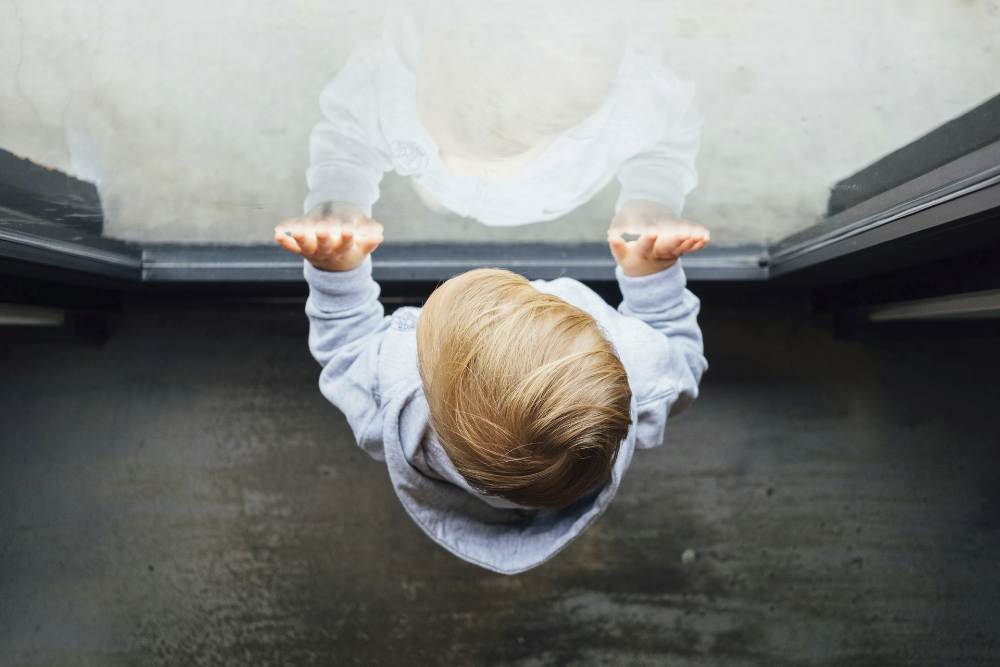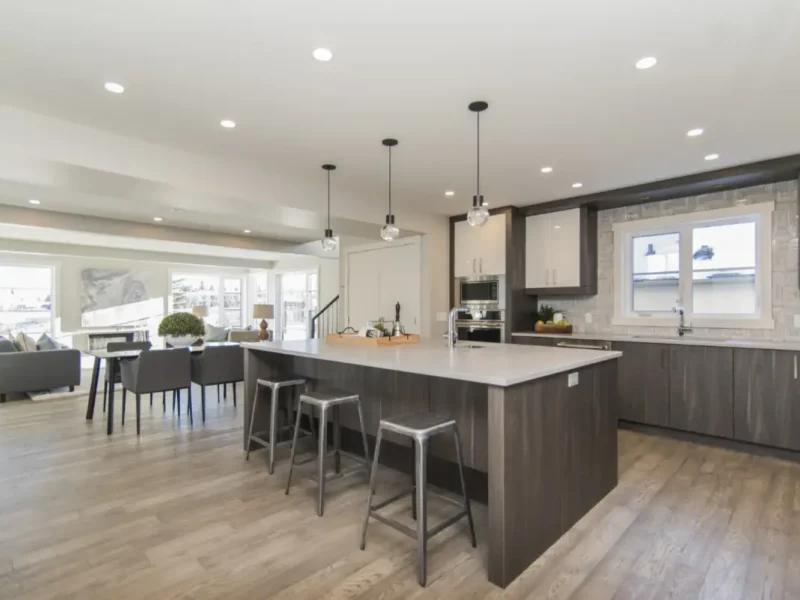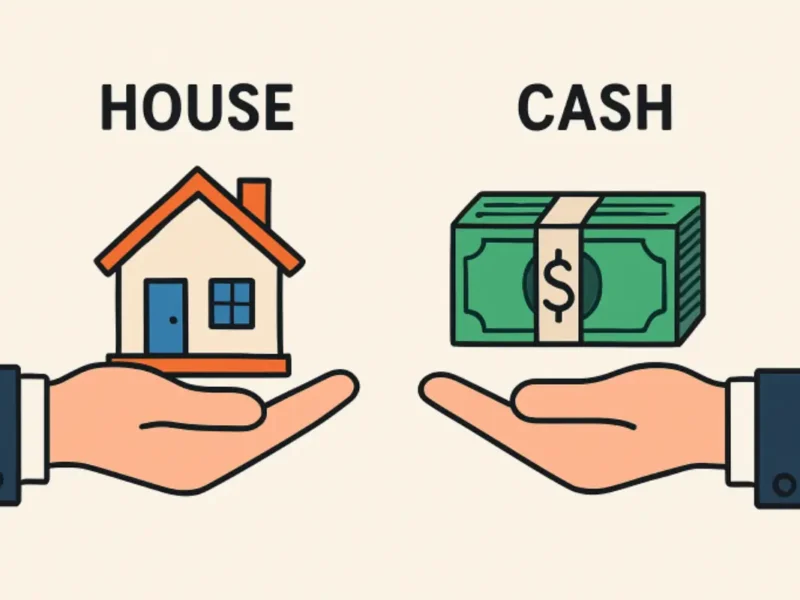As contractors and home renovators, ensuring the safety and well-being of children in residential and educational settings is of paramount importance. The selection of family-friendly window options plays a crucial role in fulfilling this task.
In this article, we’ll delve into the key characteristics of child-friendly windows, discuss some types of windows that are safer for children, explore situations where contractors and renovators should consider these options from experienced window suppliers—including industry leaders like Casa Bella—and address other relevant safety concerns.
Contents
Characteristics of Child-Friendly Windows
Child-friendly windows are designed to provide a safe and secure environment for children while offering ease of use and durability. These windows typically exhibit heightened safety features, including durable construction, tempered safety glass, and tamper-resistant locks to mitigate the risk of accidents and promote a secure living or educational space.
Child-safe windows are also often durable and require low maintenance. As with anything designed for kids, they’re equipped to withstand daily wear and tear and are easy to clean, making them ideal for use in schools, daycare centers, and homes with young children.
Types of Safe(r) Windows for Children
We recommend using the following types of windows for use around little kids:
- Safety Glass Windows: These windows are manufactured from tempered or laminated safety glass, significantly reducing the risk of injuries in the event of breakage.
- Window Guards and Stops: Installing window guards or stops limits how far windows can open, preventing falls and ensuring the safety of children, especially in multi-story buildings.
- Double-Hung Windows with Restrictors: Equipping double-hung windows with restrictors prevents them from opening fully, adding a layer of safety by reducing the potential for falls and other accidents.
- Childproof Locks and Handles: Windows featuring childproof locks and handles are designed to deter children from opening them without supervision.
Situations That Might Require Child-Friendly Window Options
Contractors and renovators should prioritize the integration of child-friendly window options in various settings where children are present. These include:
- Residential Homes: In households with young children or toddlers, the installation of child-friendly windows is crucial to prevent accidents and ensure a safe living environment.
- Educational Facilities and Childcare Centers: Schools, daycare centers, and educational institutions catering to young children necessitate the incorporation of windows with enhanced safety features, considering the high level of activity and interaction of children in these spaces. Renovations or new constructions for childcare centers demand careful consideration of child-friendly window options to meet stringent safety standards and regulations.
- Multi-Story Buildings: In buildings with multiple stories, particularly those housing families with young children, the implementation of safety glass windows and window guards becomes imperative to mitigate the risk of falls.
Additional Safety Measures and Concerns
In addition to the adoption of child-friendly window options, contractors and renovators should address the following safety concerns and considerations:
- Proximity of Furniture: It is essential to maintain a safe distance between windows and built-in furniture or climbable objects to prevent children from accessing windows unsupervised.
- Compliance with Regulations: Adherence to local building codes and safety regulations, including those stipulated by organizations such as the Consumer Product Safety Commission, is critical to ensure that child-friendly window options meet the requisite safety standards.
- Supervision and Education: While child-friendly windows enhance safety, adult supervision remains irreplaceable. Educating parents and caregivers on the importance of supervision around windows is vital for ensuring child safety.
In conclusion, the selection and installation of family-friendly window options are pivotal in mitigating the risks associated with traditional windows, particularly in spaces frequented by very young children. Addressing additional safety measures and ensuring compliance with regulations further bolsters the efficacy of these options and can help maximize the safety of kids in both residential and educational settings.



